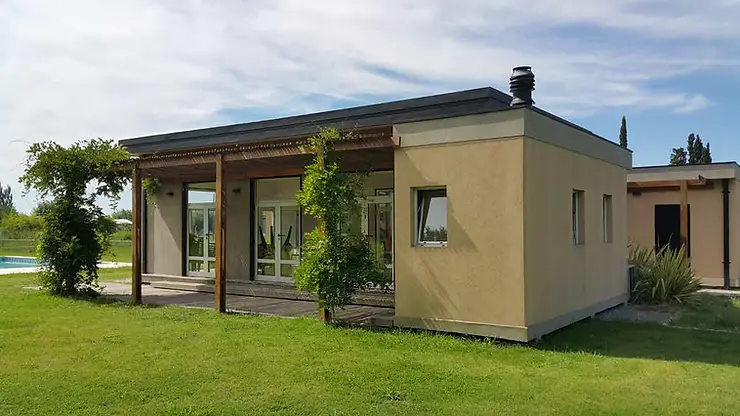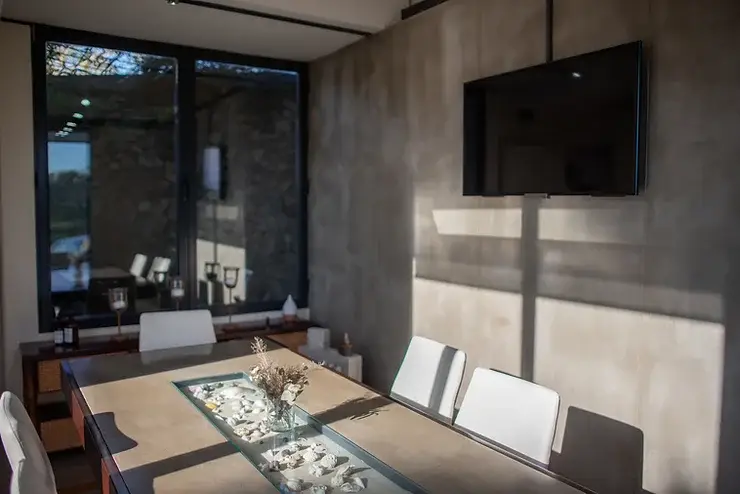The process of building a precast concrete home is carried out in a structured and efficient manner, following a series of well-defined steps:
1. Design and Planning The first step involves the design of the home, which is customized to meet the client’s specific needs. During this phase, the dimensions, characteristics and specifications of the prefabricated components are established.
2. Manufacturing of Components At the production plant, concrete panels and other structural elements are made under rigorous quality controls. This ensures that all products meet the necessary standards of strength and durability.
3. Site Preparation While manufacturing is taking place, the land is prepared to receive the prefabricated parts. This process includes leveling the ground, laying foundations and preparing the space for assembly.
4. Transport and Assembly Once the prefabricated elements are ready, they are transported to the construction site, where they are assembled using cranes and specialized equipment. This procedure is fast and efficient, reducing the amount of labor required on site.
5. Finishing After assembly, finishing work is carried out, including cladding, painting, window and door installation, as well as the integration of electrical and plumbing systems, thus completing the home.

Precast concrete homes are used in a wide range of projects, from single-family homes to multi-family buildings or social housing communities. Their speed of construction and affordable cost make them especially attractive for social construction projects, where the demand for affordable and quickly built housing is high, particularly in expanding urban areas. Precast concrete homes represent a modern, fast and efficient solution for the construction of durable, high-quality homes. Their reduced environmental impact, combined with the ability to be customized and shorter construction times, makes them a viable option for a wide variety of projects. However, the choice of this system will depend on factors such as the geographical context, the desired design and the available budget.


